As we all know, fake luxury handbags are nothing new. For many of us, spotting a designer bag on the street quickly leads to an assessment: is it real?
The market has always been sizable, but it continues to grow and grow. What’s the deal with the industry, and just how much do fake designers handbags influence your luxury purchases? Let’s dive right in.
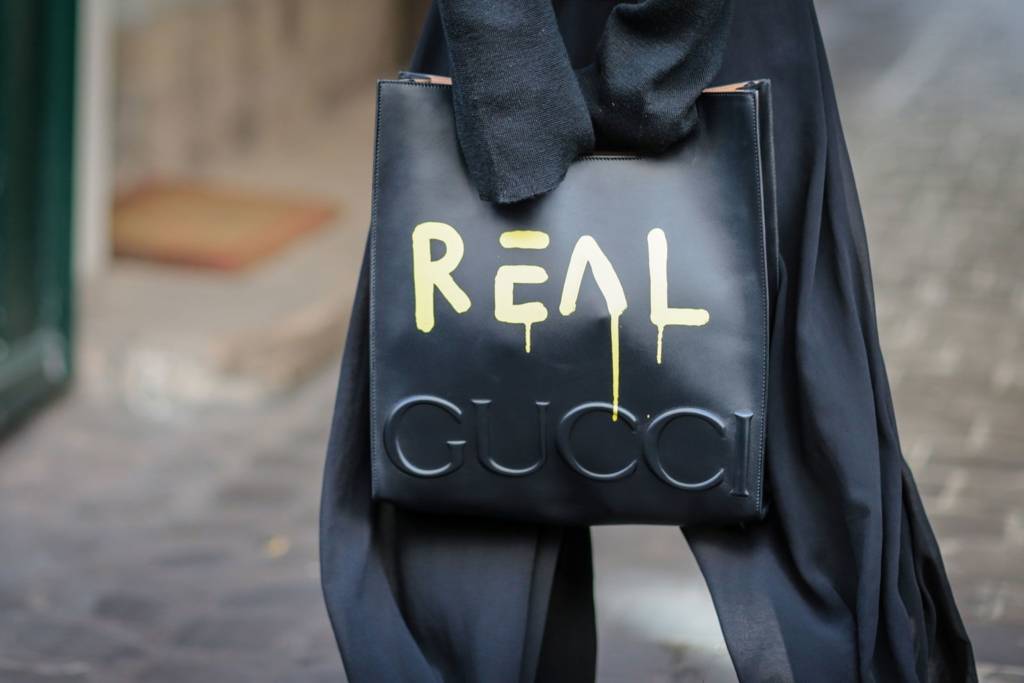
Photo courtesy of Getty Images
Recent Growth
Last month, NBC reported that thousands of counterfeit items were seized at LAX airport, including 531 counterfeit Louis Vuitton bags and 230 counterfeit Hermès bags. The fake products arrived in the U.S. via air cargo from Hong Kong. If they were genuine, the goods would have held a retail value of more than $3.4 million, according to Jaime Ruiz of U.S. Customs and Border Protection.
This incident is part of a growing problem. $460 billion worth of counterfeit goods were bought and sold last year, reports Fashionista. And the majority of sales occurred online, according to the International Trademark Association.
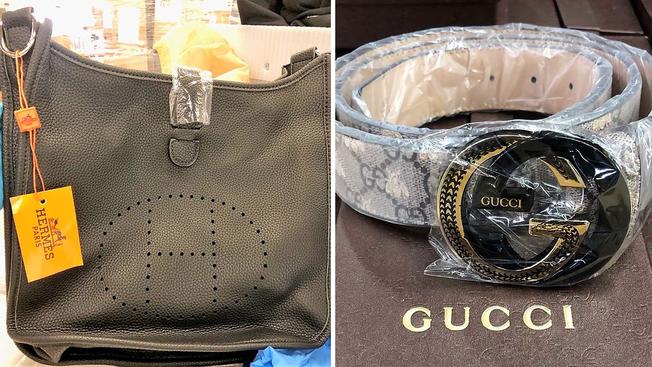
Hermès and Gucci counterfeit products seized at LAX Photo courtesy of U.S. Customs and Border Protection
Cracking Down on Counterfeits: A Brief History
The fashion industry has long attempted to crack down on the luxury counterfeit market. As far back as the 19th century, Louis Vuitton designed his now famous Monogram pattern with the intention that it would be hard to replicate.
More recent efforts include lawsuits against counterfeit websites. In 2016 Alexander Wang won $90 million in a legal battle over counterfeit goods. However, it wasn’t all roses thereafter. The brand never received the actual settlement as the owners of the domains could not be traced!
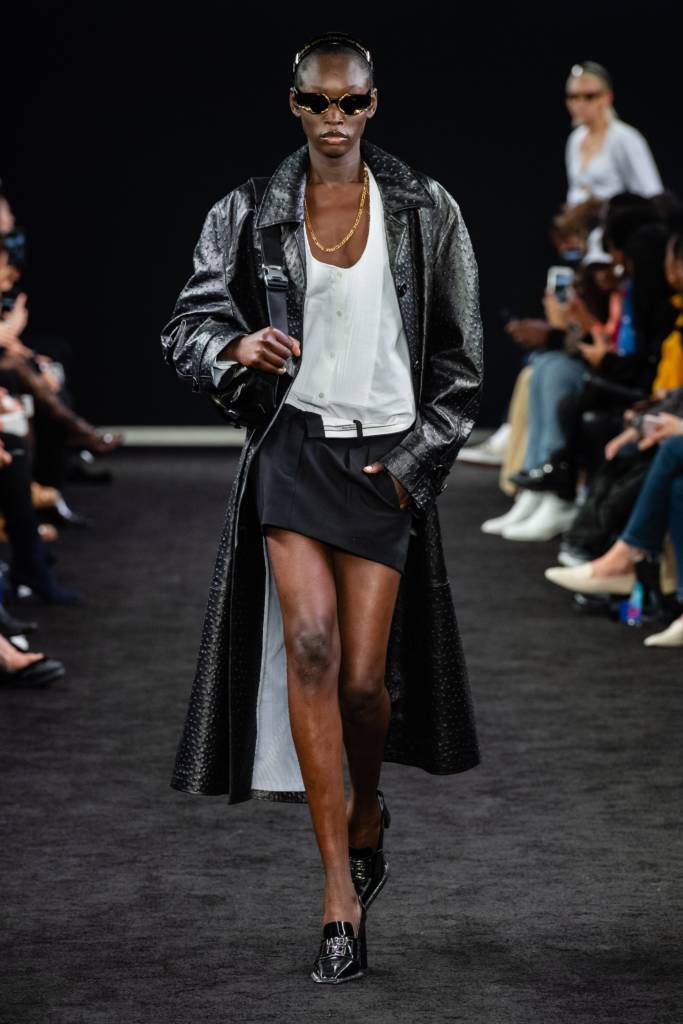
A look form the Alexander Wang Fall 2019 Ready-to-Wear collection Photo courtesy: Alessandro Lucioni / Gorunway.com
What Are the Most Common Luxury Bags to be Replicated?
All luxury bags are at risk of being counterfeited—it’s simply in their nature. But there are some brands and designs that are more often the victims than others. It may come as no surprise that the bags most frequently copied tend to be the most popular (and expensive) designs. Here are a few of the regulars.
Louis Vuitton Monogram

The iconic Louis Vuitton Speedy in Monogram canvas Photo courtesy: @viktoriahutter
Louis Vuitton products have always been a favorite of counterfeiters. The main target? Naturally, the iconic Monogram canvas. Despite Vuitton designing the canvas to combat fakes, the mainstream popularity of the design along with new technologies and its strong association with the house make it a desirable choice for counterfeiters. The Speedy and Neverfull bags are especially at-risk.
Hermès Birkin
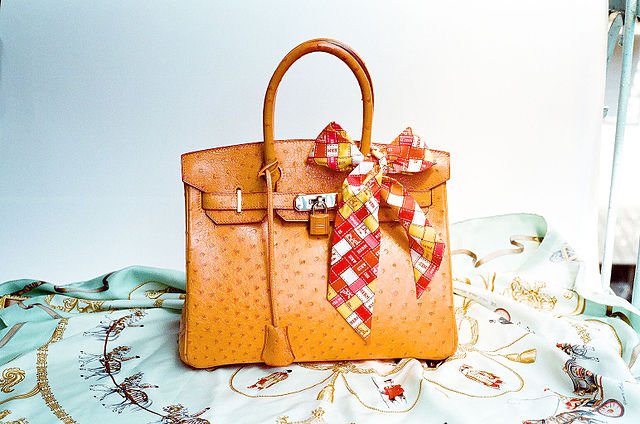
Photo courtesy of Wem-Cheng Liu via Wikimedia Commons
Synonymous with the Hermès brand, the Birkin bag oozes luxury. Therefore, it is no wonder that the design is so often counterfeited. With the potential to fetch up to hundreds of thousands of dollars, selling copies of the Birkin is a very profitable business indeed. Birkin fakes range from absolutely horrible to (upsettingly) passable.
Chanel 2.55 Handbag
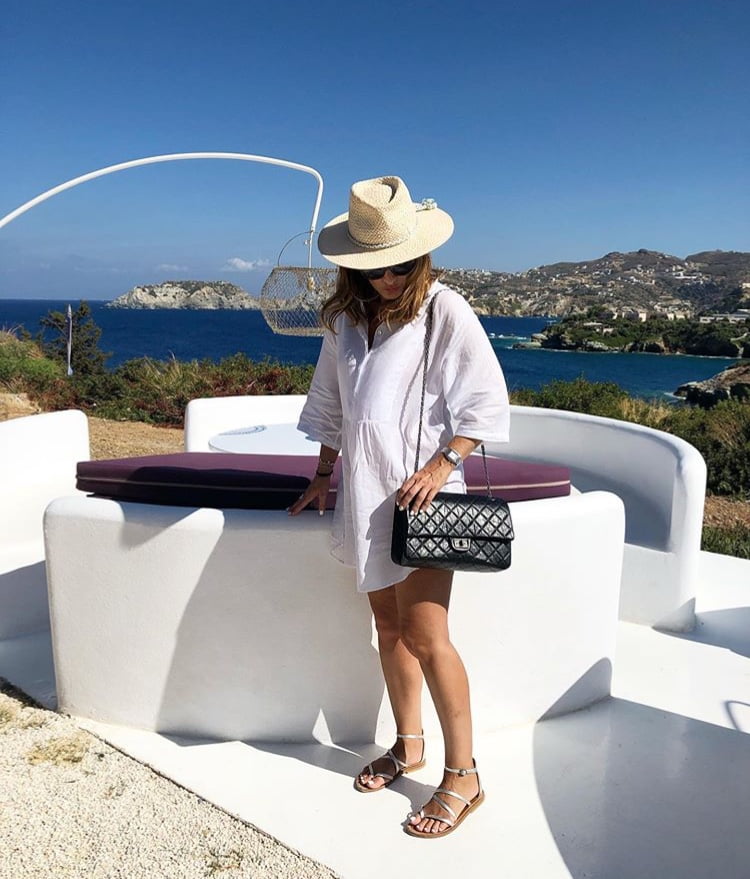
@clem_line
The 2.55 Flap Bag = Chanel. There’s no doubt about it. And Chanel, like Hermès = luxury. Hence the bag is in a particularly vulnerable position.
Gucci Monogram
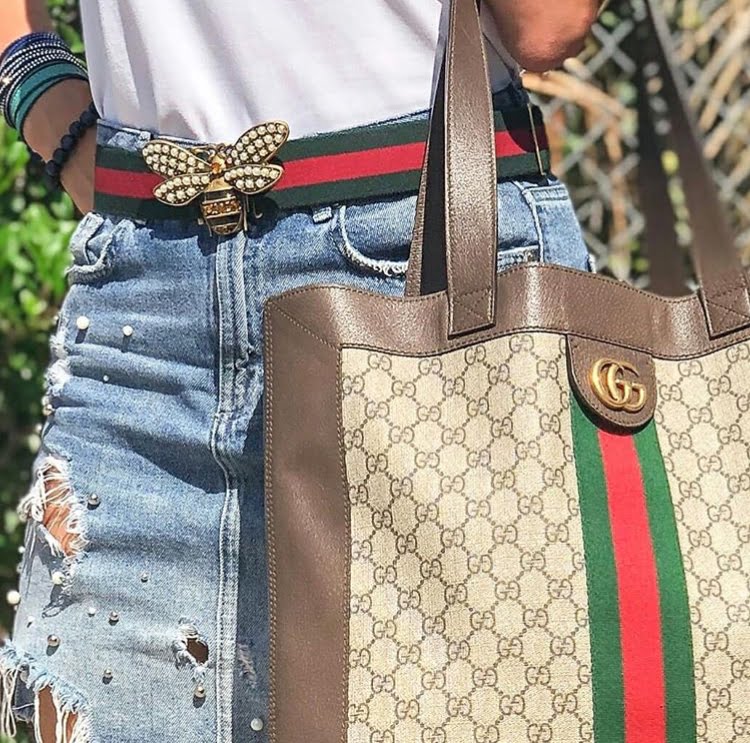
@mymoshposh
Similar to its LV counterpart, Gucci’s monogram has long been a sufferer at the hands of the fake market. And while (the real) Gucci long shied away from it, in recent years the monogram canvas has made a comeback. We wonder how this has, in turn, affected the counterfeit market…
So What Has Caused the Luxury Counterfeit Market to Grow?
In the past few years, the market for fake luxury has grown. Many factors converged for this to happen, but two in particular played a large part: the emergence of “super fakes” and the rise of the online resale and consignment market.
“Super fakes,” also known as “triple-A fakes” or “line-for-lines” are making it increasing difficult for the police and other agencies to determine which items are real. When producing “super fakes,” counterfeiters use high quality materials in an attempt to fool the customer and fetch the highest price.
Another important factor to consider is the rise of the online resale market. With more and more customers turning to the pre-loved market, more people are at risk of (accidentally) acquiring a fake. This combined with the rise in quality of fakes has helped the fake handbag epidemic grow. In fact, many luxury consignment companies have had to develop their authentication procedures in light of these developments. (Read: Everything You Need to Know Before Selling Your Luxury Handbag)

The pledge from therealreal.com
It’s not all bad news. Things are certainly looking up for consigner and brands alike who are worried about fakes. Luxury giant LVMH recently backed new technology that is supposed to identify fake luxury handbags instantly. This technology, known as Entrupy, is an artificial intelligence app and handheld device that is currently able to verify 15 different brands, including Balenciaga, Chanel, Dior, Fendi, Gucci, Hermès and Louis Vuitton.
LVMH’s backing is big news for this new tech. As the owner of Louis Vuitton, Dior and Celine (to name just a few), the company has the power to shake up the counterfeit bag market. We’re curious to see where it goes.
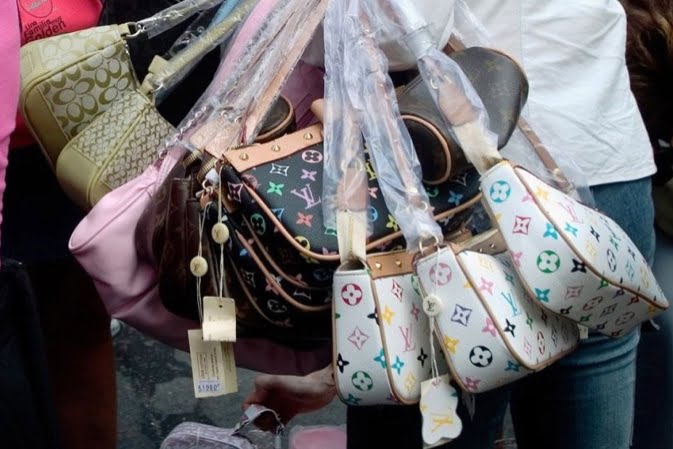
Photo courtesy of Michel Setboum/Getty Images
Would you avoid a luxury bag or even an entire brand for fear of fakes? Let us know.
Read related articles:
Dear PurseBop: Should It Stay or Should It Go?
Curating Your Collection Part 1: To Let Go or Not To Let Go
Louis Vuitton Tops the List of Most Valuable Luxury Brands
Love, PurseBop
XO
Updated: September 19th, 2019



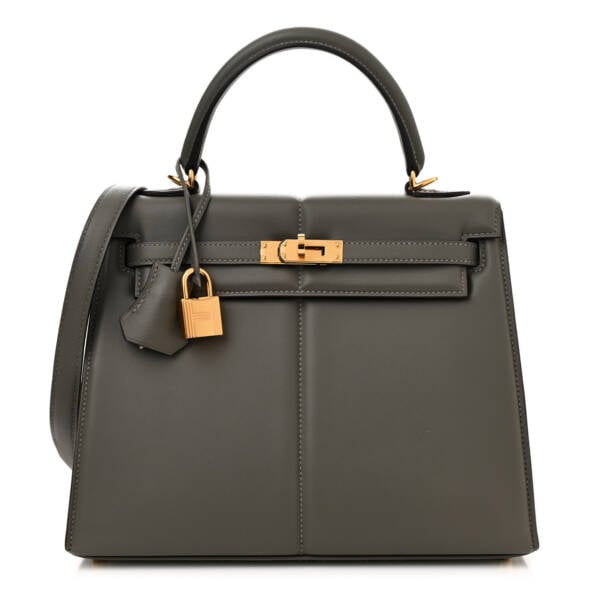
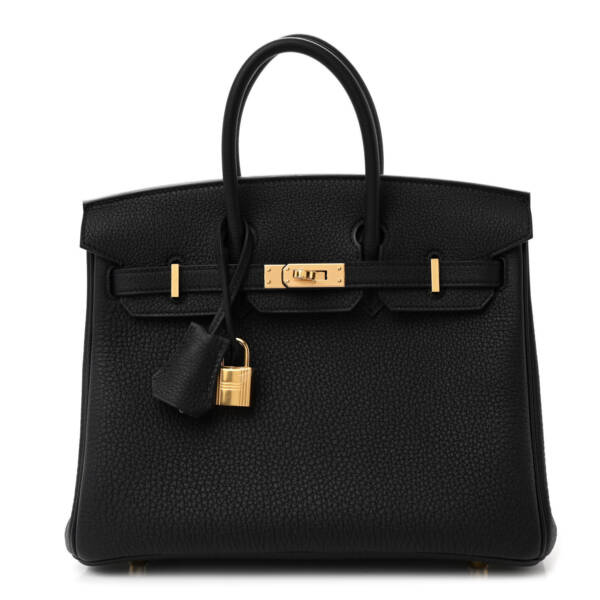
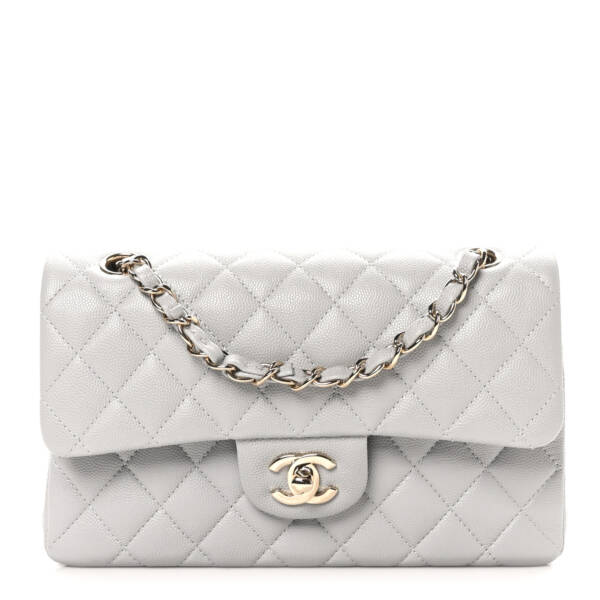
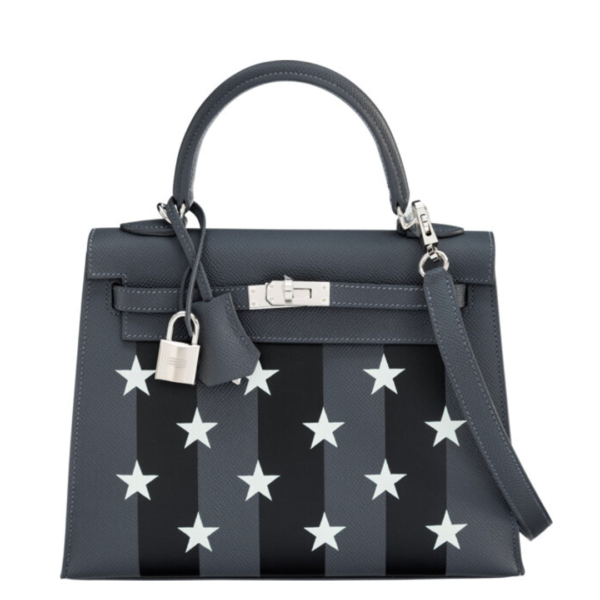
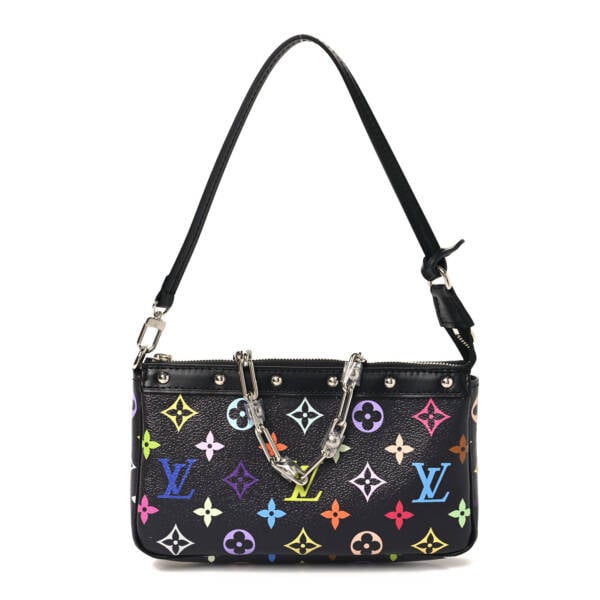
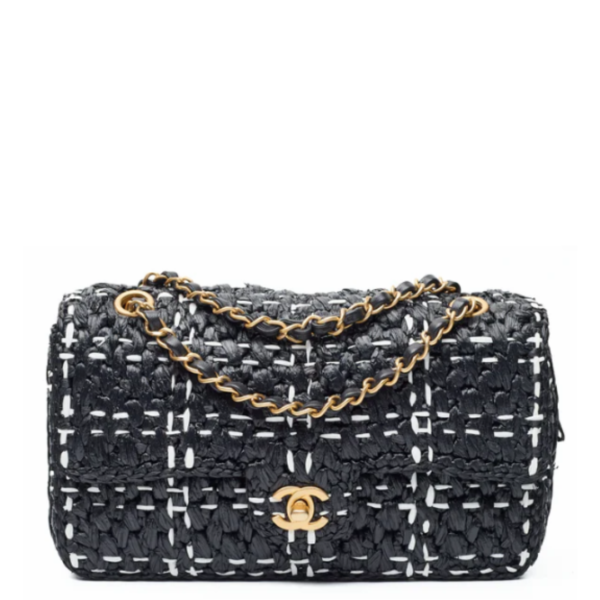
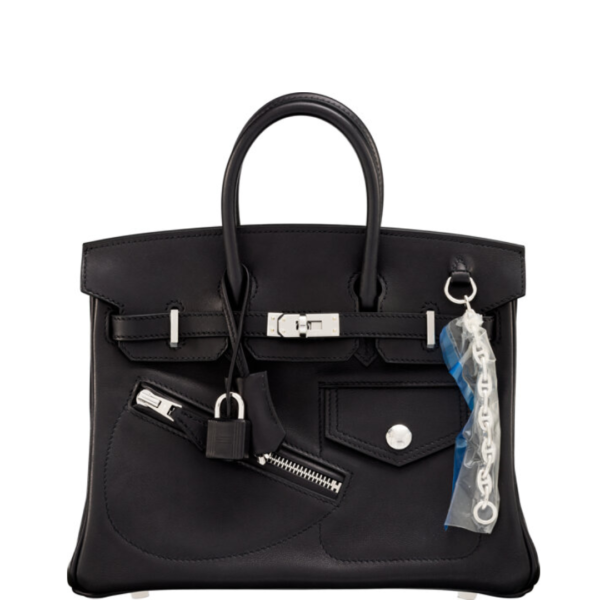
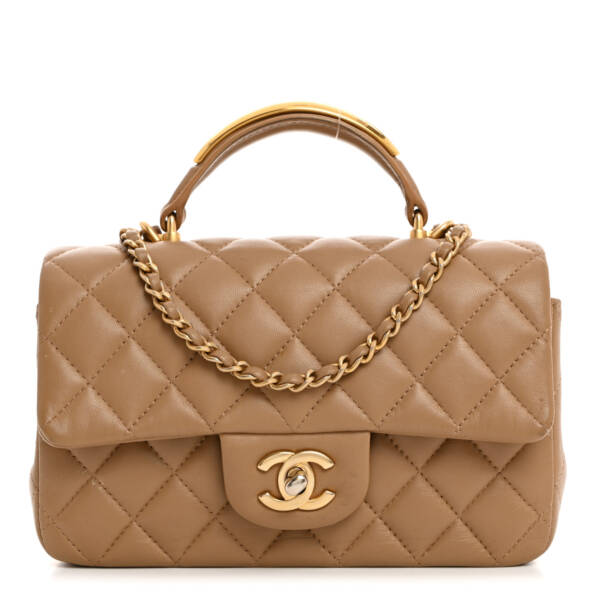
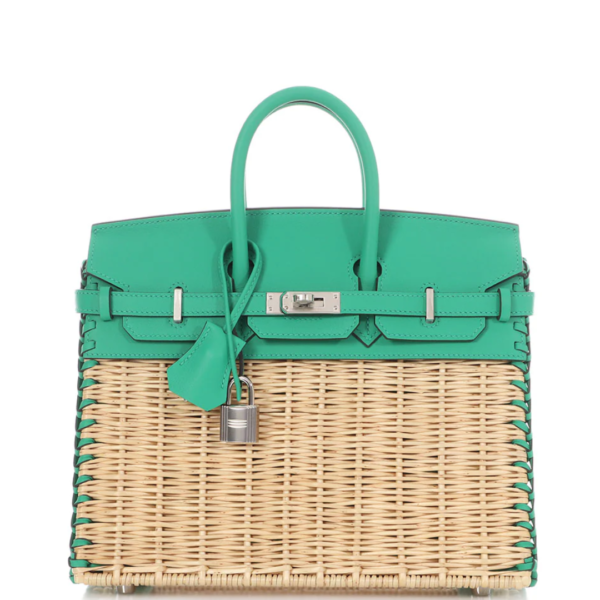
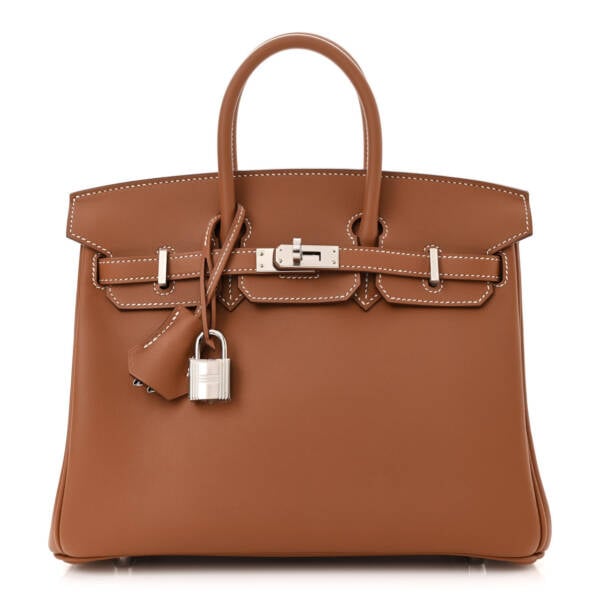
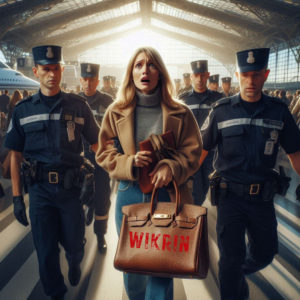
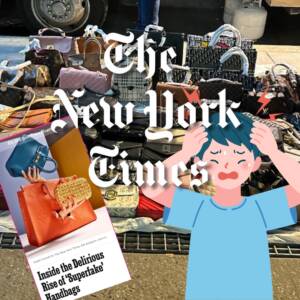
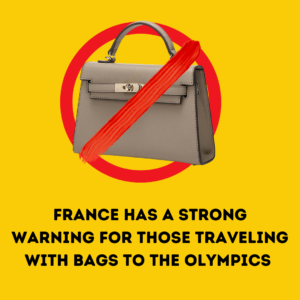
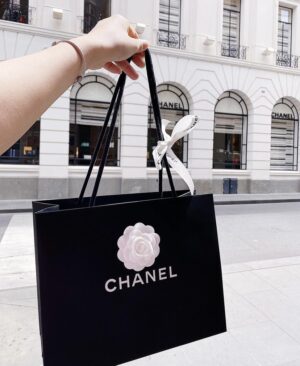
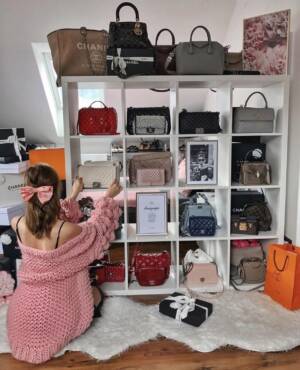
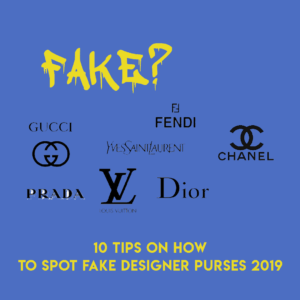


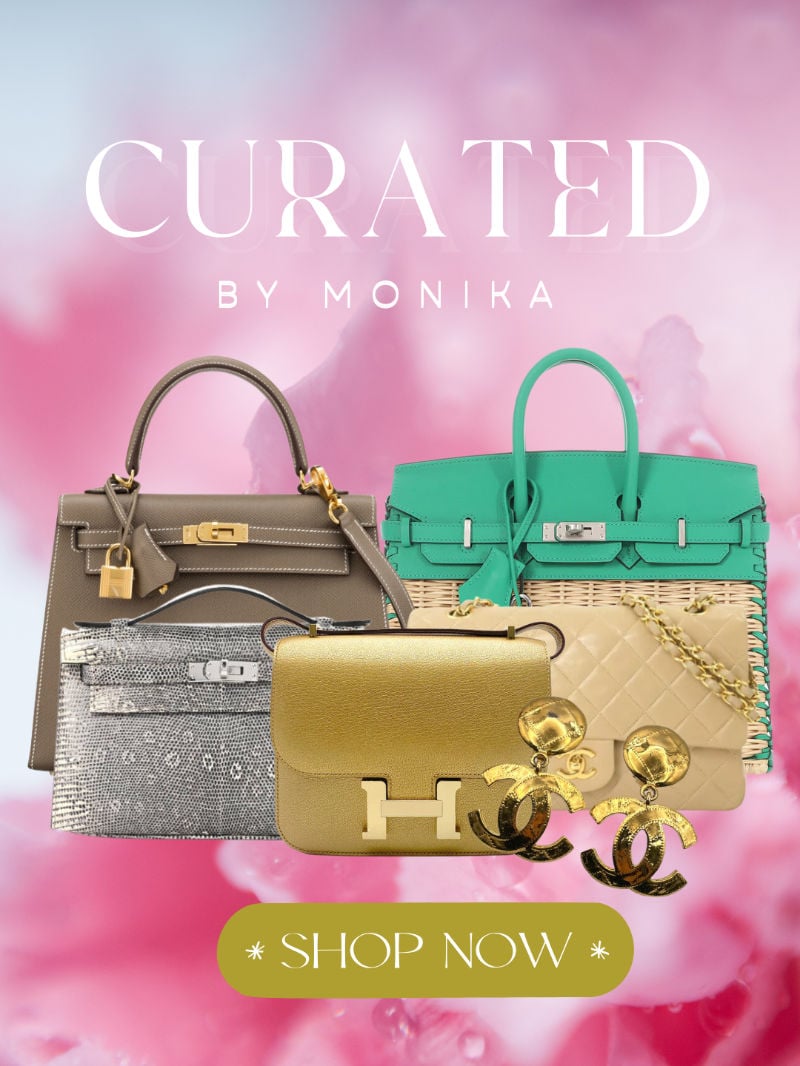
Comments